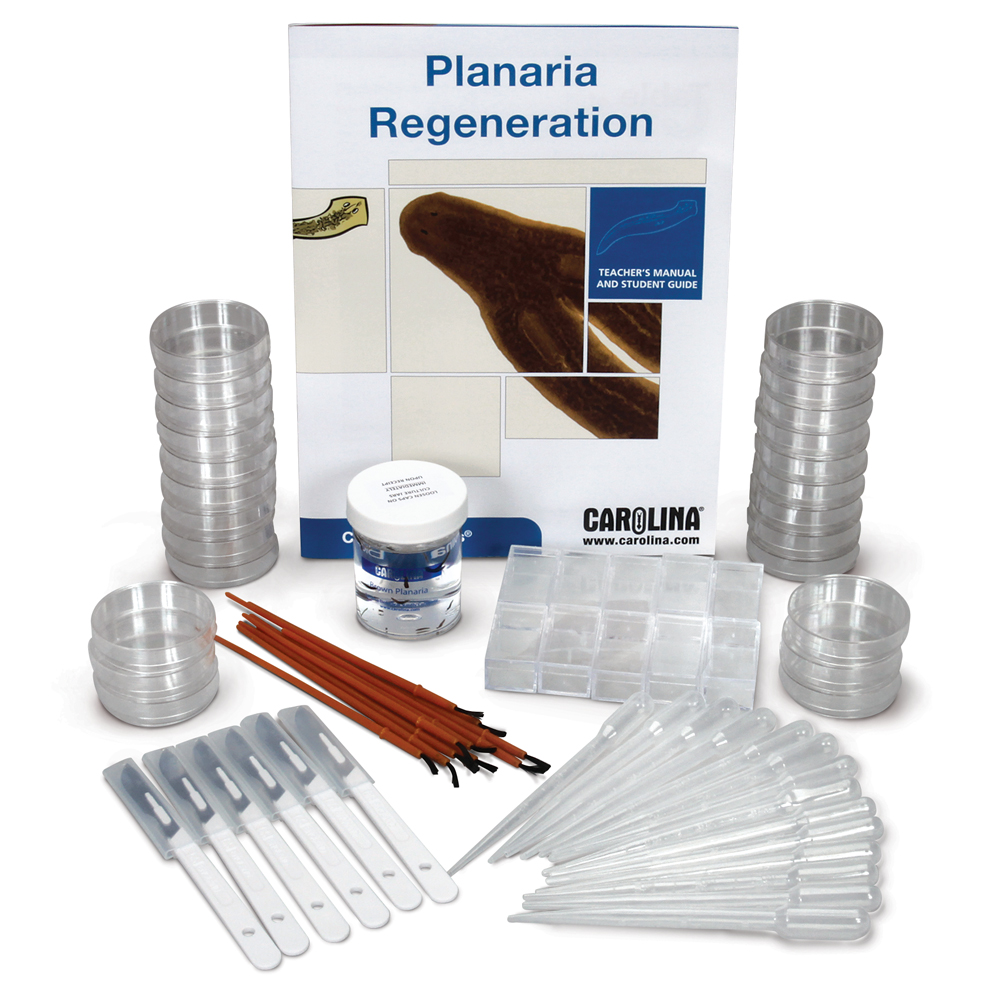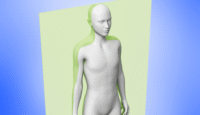Carolina LabSheets™
Overview
This lab introduces students to the Kingdom Fungi through study of two phyla, the zygomycetes and basidiomycetes.
Needed Materials
- Phycomyces (+) plate culture (156182)
- Phycomyces (–) plate culture (156183)
- Coprinus mushroom, c.s. (298176)
- Potato Dextrose Agar plates (821902)
- scalpels*
- Bunsen burners
- alcohol lamps
- eatable mushrooms from grocery
- stereomicroscopes (preferred)
- hand lenses
- microscopes
- * disposable scalpels (625924)
- * standard stainless steel scalpels that are autoclaved and/or flame sterilized.)
Optional Materials
Rhizopus mating strains (156223 and 156225) may be used instead of Phycomyces. However, to produce zygospores, Rhizopus must be grown on Cornmeal–Dextrose–Peptone Agar (821423).
Collected mushrooms are more interesting to examine than cultivated mushrooms; however, since many common mushrooms are poisonous, their use entails safety concerns. They must be stored securely so that no one will taste or eat them by mistake. Have students use gloves and eyewear when examining wild mushrooms and wash their hands afterward. Mushrooms grown from a mushroom kit (155883, 155890, or 155894) are a safe substitute; however, growing them may take several weeks. The Coprinus cinereus Study Kit (155793) includes a jar culture, a photomicrograph of the fruiting structure of the fungus, a description of the fungus, and a prepared microscope slide of the fungus showing basidia with spores.
Safety
This activity requires that students work with fungal cultures and open flames. Have students use sterile technique at all times and wear appropriate safety equipment. All work surfaces must be wiped down with disinfectant before and after the lab. Have students wash their hands before and after the lab. Destroy any cultures remaining at the end of the lab by autoclaving or by flooding with disinfectant overnight before proper disposal.
Ensure that students understand and adhere to safe laboratory practices when performing any activity in the classroom or lab. Demonstrate the protocol for correctly using the instruments and materials necessary to complete the activities, and emphasize the importance of proper usage. Use personal protective equipment such as safety glasses or goggles, gloves, and aprons when appropriate. Model proper laboratory safety practices for your students and require them to adhere to all laboratory safety rules.
Procedures
Students may work individually or in pairs.
If you are not using prepared media plates, you will need to pour plates on the day before the lab. Use either prepared bottled medium (776520), or, if you have an autoclave, dehydrated medium (786340). One unit of 776520 will pour four or five 100-mm plates.
Shortly before the first lab (no more than 30 minutes before), flame a scalpel (or use a sterile disposable scalpel without flaming) and use it to cut the Phycomyces + culture into approximately square blocks, one for each student group. Do not lift the dish cover more than necessary. Flame the scalpel again and repeat the procedure with the Phycomyces – culture.
For Phylum Zygomycota, set up a station where students will pick up their potato dextrose agar plates and a marker.
Set up two workstations, each with the following:
Phycomyces plate culture, either + or –
scalpel(s)
burner
When incubated in the light, Phycomyces sometimes develops greatly elongated sporangiophores. You can prevent this by keeping the cultures in darkness except during student observations.
For Phylum Basidiomycota, each student needs a mushroom, microscope, and a Copinus mushroom c.s.
Optional: Instead of or in addition to viewing the 298176 Coprinus mushroom c.s. microscope slide, students may remove a section of a gill from a mushroom, make a wet mount slide, and observe the edge of the gill under high power. Numbers of basidia will be evident. Students may also see spores atop the basidia, but this is less certain. Students may also find a basidiomycete with pores rather than gills on the underside of the cap. Then, they can view the basidia that line the pores. If the students tease apart a bit of mushroom tissue and make a wet mount for viewing, they will see that the tissue consists of tightly interwoven hyphae.
To get a better view of the zygospores that form on their plates, students can remove some of the fungus and make a wet mount.
This activity does not include an example of the ascomycetes, the third major phylum of fungi. Our Introduction to Ascomycetes LabSheet deals with that group.
As mentioned, Phycomyces responds to light by producing greatly elongated sporangiophores (up to 17 cm long). Since fungi lack chlorophyll, students may assume that sporangiophores do not show a phototropic response, or that, if they did, the response would be negative. To investigate, place damp paper toweling in the bottom of a plastic bag. Set a plate culture of Phycomyces on the paper and remove the lid. Seal the bag and position a fluorescent lamp to one side of the bag. Predict whether the sporangiophores will show no growth response to the light, will bend away from the light, or will bend toward the light.
Answer Key to Questions Asked on the Student Labsheet
Do you see any physical difference in the two strains of Phycomyces? No.
Note to instructor: Some students may be puzzled by this as they will expect a morphological difference. Some may question if there is in fact any difference in the strains. Students can set up plates that they inoculate at two points with the same strain of Phycomyces and allow the hyphae to grow toward each other. Do the hyphae form zygospores when they meet? An interesting question to investigate is whether the mating strains are inherited. Students may design an investigation to find out.
On the basis of your work in this lab investigation, list at least two features characteristic of many, though not necessarily all fungi.
The main body of the fungus consists of mycelium composed of hyphae.
Reproduction is by spores. For asexual reproduction, spores are produced by mitosis. If sexual reproduction occurs, spores are produced by meiosis. It is often necessary for two mating strains to cross before meiosis can occur.
Note to instructor: There is such variation within the fungi that it is difficult to specify characteristics that generally apply. For example, one of the largest groups of fungi, the yeasts, are unicellular, or, at most, form loose filaments. Not all fungi are known to reproduce sexually, and, of those that do, not all have mating strains.
Some students may mention the absence of chlorophyll. Others may point out that the dominant phase of the life cycle is haploid or n + n as opposed to the diploid state of most other eukaryotic organisms.





